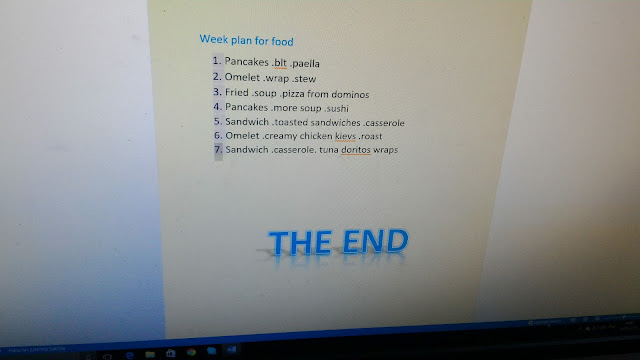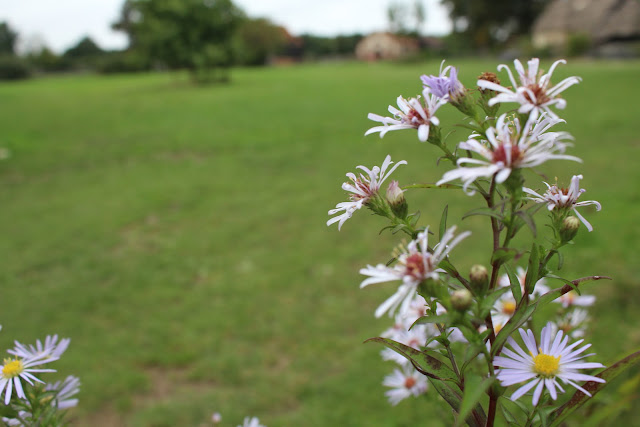My children have always loved extension activities from picture books although we don't do many of these nowadays. Towards the end of the summer, they needed something extra to do so I purchased Branch Out World's unit on The Mousehole Cat.
The Mousehole Cat is written by Antonia Barber and illustrated by Nicola Bayley. It tells the legend of the Tom Bawcock, the Cornish fisherman who saved the village of Mousehole from starvation, with the addition to this retelling,of his cat, Mouzer. The picture book is aimed at an older audience than many of the genre and was appreciated by my seven and nine year old.
We didn't read the story each day that we worked on activities although we both read it and watched a reading of the story on Youtube.
The Branch Out World unit comes as a pdf. It has an introduction to the unit, five days of activities and an appendix with maps, timelines and printables. The days of activities are divided into

If you enjoyed this post you may like to follow Delivering Grace by Google Friend Connect, G+,Facebook, Pinterest or e-mail.
The Mousehole Cat is written by Antonia Barber and illustrated by Nicola Bayley. It tells the legend of the Tom Bawcock, the Cornish fisherman who saved the village of Mousehole from starvation, with the addition to this retelling,of his cat, Mouzer. The picture book is aimed at an older audience than many of the genre and was appreciated by my seven and nine year old.
We didn't read the story each day that we worked on activities although we both read it and watched a reading of the story on Youtube.
The Branch Out World unit comes as a pdf. It has an introduction to the unit, five days of activities and an appendix with maps, timelines and printables. The days of activities are divided into
- Exploring the setting
- Exploring the words
- Exploring the pictures
- Exploring science
- Exploring maths, crafts and more.
I must say that there is vastly more in this unit than we managed to do. The introduction suggests deciding how many activities to do depending on the age and interests of the child.
This is just a little flavour of the activities which we did
- found Cornwall and Mousehole on the map and investigated more about Mousehole.
- we collected some brochures about Cornwall and looked at these.
- looked at photos of the celebrations in Mousehole
- found pictures by the artist
- explored the concept of stippling, looked at a picture with a magnifying glass and drew a picture of an egg and used stippling to show shade.
- narrated this picture

- made a list of items that cats love.
- made a ripple tank to show diffraction.
- planned a weekly menu.
- Made a regional recipe. We made Cornish pasties. The unit gives a couple of fish recipes but the children were keen to try pasties. I'm not sure that they were my favourite but my attempts to get the children to try star gazy pie failed!
The Branch Out World unit was well thought out and saved me loads of time. I doubt that I would have been able to come up with so many activities. It was very easy to customise for my own family. The children were engaged by the activities.
Branch Out World sells from its own website, in sterling, or from CurrClick, in dollars.
Disclaimer: I purchased the Branch Out World Picture Book Explorer for the use of my family. The opinions are my own and those of my children.
Disclaimer: I purchased the Branch Out World Picture Book Explorer for the use of my family. The opinions are my own and those of my children.
If you enjoyed this post you may like to follow Delivering Grace by Google Friend Connect, G+,Facebook, Pinterest or e-mail.




















